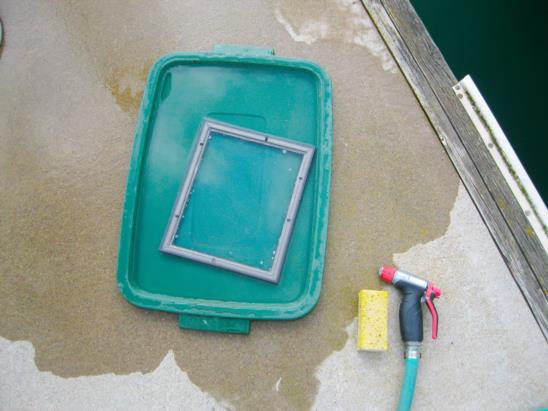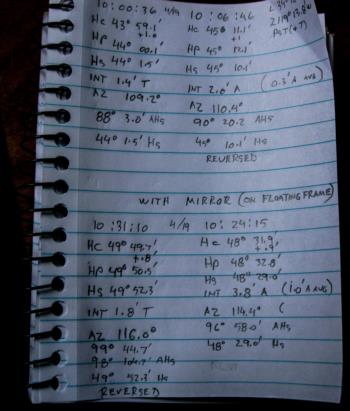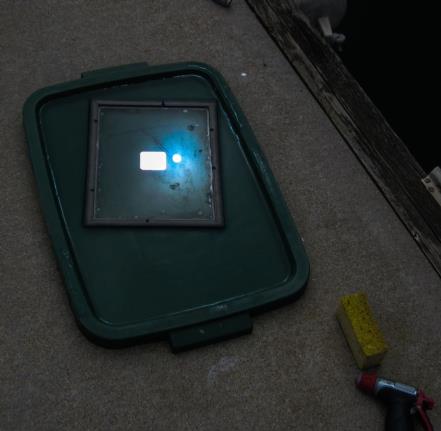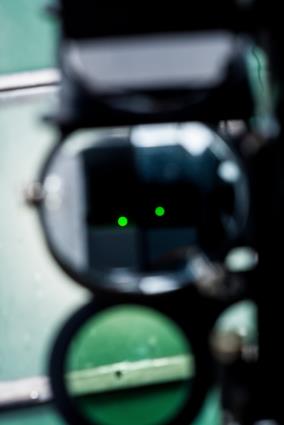
NavList:
A Community Devoted to the Preservation and Practice of Celestial Navigation and Other Methods of Traditional Wayfinding
Re: Celestial Navigation at NEAF
From: Gary LaPook
Date: 2015 Apr 20, 04:16 +0000
gl
From: Stephen N.G. Davies <NoReply_Davies@navlist.net>
To: garylapook@pacbell.net
Sent: Sunday, April 19, 2015 8:51 PM
Subject: [NavList] Re: Celestial Navigation at NEAF
From: Gary LaPook
Date: 2015 Apr 20, 04:16 +0000
We've discussed mercury artificial horizons in the past, here are links to several of them:
From: Stephen N.G. Davies <NoReply_Davies@navlist.net>
To: garylapook@pacbell.net
Sent: Sunday, April 19, 2015 8:51 PM
Subject: [NavList] Re: Celestial Navigation at NEAF
I recall that the original 18th century artificial horizons used a mercury bath, usually within a small, glass topped enclosure presumably to prevent wind disturbance. My assumption is that mercury was chosen for its self-levelling properties and relative resistance to evanescent disturbance (viscosity 1.526). I can remember having suggested to me by the navigating officer of the cruiser I served on as a midshipman that one could use either used engine oil (SAE40 has a viscosity of 319!) or treacle (20,000). Obviously the problem then becomes the extent to which it is harder to pick up the reflected body on the more light absorbing surface. Anyway, such a route might reduce the problem of wind ruffling the surface whilst reducing the need to take multiple sights of the rotated floating mirror.
With floating mirrors, however, has anyone ever tried finding a mirror light enough to float on surface tension? One can get 0.3mm thick stainless steel mirror sheets.
Stephen D
Dr Stephen Davies
Department of Real Estate and Construction
EH103, Eliot Hall
University of Hong Kong
Office: (852) 2219 4089
Mobile: (852) 6683 3754
stephen.davies79---.com
daiwaisi{at}hku.hk
Department of Real Estate and Construction
EH103, Eliot Hall
University of Hong Kong
Office: (852) 2219 4089
Mobile: (852) 6683 3754
stephen.davies79---.com
daiwaisi{at}hku.hk
On 20 Apr, 2015, at 10:51 am, Brad Morris <NoReply_Morris@navlist.net> wrote:Hello Greg.Point 4 is the important bit.Point 4 nulls most of the error. To get rid of all of it, he should turn his mirror and take observations four times.At first blush, only two are needed, but if the mirror is rolled slightly along the axis of measurement, both will be slightly off as a function of the roll, I believe by the cosine(angle of roll)Taking 4 should null that out as well.On Apr 19, 2015 3:42 PM, "Greg Rudzinski" <NoReply_Rudzinski@navlist.net> wrote:It seems that Gary the Astronomer's floating picture frame works guys. There are a few tricky things that need doing to get the 1' accuracy.1. The glass of the frame has to be silicone glued into the frame for water tightness.2. All the bubbles need to be removed from under the frame when setting into the tray of water (not easy).3. Water drops on the frame and glass must be removed with a sponge before making any observations.4. Two observations need to be made with the tray turned 180° on the second observation. The average of the two intercepts will be the accurate result within 1'.I was not pleased with the asymmetrical image of the Sun as reflected of the frame glass although the intercepts worked out when the centers of the Sun were lined up. A better image was had by placing a small mirror at the center of the frame.For best accuracy I still prefer the wind shielded water dish. The floating frame with mirror on top is the better option if observing dim stars such as Polaris.Greg Rudzinski
Attached File:
(AH-Floating-Pic-Frame.jpg: Open and save)
Attached File:
(AH-Floating-Pic-Frame-2.jpg: Open and save)
Attached File:
(AH-Floating-Pic-Frame-3.jpg: Open and save)
Attached File:
(AH-Floating-Pic-Frame-4.jpg: Open and save)
Attached File:
(AH-Floating-Pic-Frame-5.jpg: Open and save)












